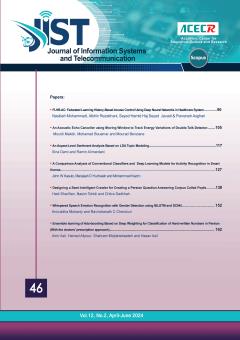Link prediction seeks to detect missing links and the ones that may be established in the future given the network structure or node features. Numerous methods have been presented for improving the basic unsupervised neighbourhood-based methods of link prediction. A major issue confronted by all these methods, is that many of the available networks are sparse. This results in high volume of computation, longer processing times, more memory requirements, and more poor results. This research has presented a new, distinct method for link prediction based on community detection in large-scale sparse networks. Here, the communities over the network are first identified, and the link prediction operations are then performed within each obtained community using neighbourhood-based methods. Next, a new method for link prediction has been carried out between the clusters with a specified manner for maximal utilization of the network capacity. Utilized community detection algorithms are Best partition, Link community, Info map and Girvan-Newman, and the datasets used in experiments are Email, HEP, REL, Wikivote, Word and PPI. For evaluation of the proposed method, three measures have been used: precision, computation time and AUC. The results obtained over different datasets demonstrate that extra calculations have been prevented, and precision has been increased. In this method, runtime has also been reduced considerably. Moreover, in many cases Best partition community detection method has good results compared to other community detection algorithms.
Manuscript profile


